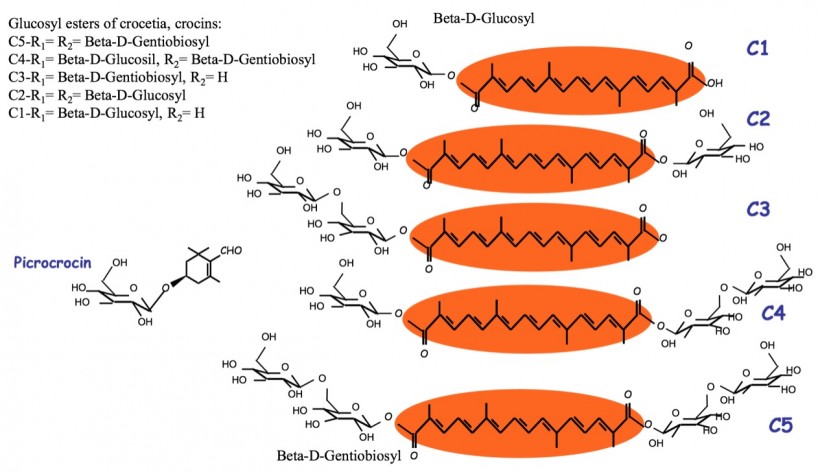Summary
The plant UDP-glucosyltransferases (UGTs) are a very divergent group of enzymes that transfer a sugar residue from an activated donor to an acceptor molecule and as such are involved in the synthesis and modification of the multitude of glucoconjugates present in plants. The acceptors include hormones such as auxins and cytokinins, and secondary metabolites such as phenolics, flavonids and carotenoids. Glucosylation alters the hydrophilicity of the acceptors, their stability and chemical properties, the subcellular localisation and often their bioactivity. Since 2003, several approaches have been used to identify and analyse genes that encode plant GTs (Bowles et al., 2005). At the moment 37 GTs haven been characterised from 17 plant species. The biggest group is the one from Arabidopsis, with 15 GTs characterised from 117 sequences present in its genome (Li et al., 2001; Ross et al., 2001; Paquette et al., 2003).
These enzymes have attracted very considerable interest because of their range of substrates, their potential role in developmental and metabolic homeostasis, and their function in detoxification processes (Lim and Bowles, 2004). Therefore, GTs provides the basis of metabolic engineering applications (Tattersall et al., 2001; Fukuchi-Mizutani et al., 2003; Willits et al., 2004).
Glucosylation also plays an important role in the stabilization and in the perception of flavour and aroma, particularly I relation to bitterness and sweetness. Thus glucosylation is involved in the stabilization of volatile terpenoids, flavonoids and other phenolics, many of which are associated with flavour and aroma that are characteristics of particular plant species, like Citrus ssp., Vanilla planifolia, Camellia sinensis, Allium ssp, Stevia rebaudiana, and Crocus sativus (saffron).
Saffron is used almost exclusively as a culinary seasoning and to colour. In the stigma of Crocus sativus the carotenoids derivates crocin and crocetin have been identified as major components of the spice saffron (Winterhalter & Straubinger, 2000). The intense colour and aroma of saffron is caused by apocarotenoids, especially crocetin esters (crocetin is a dicarboxylic acid with a carotenoid-like C-18 backbone) with gentobiose (Tarantilis & Polissiou, 1995, 1997), while picrocrocin is responsible for saffron bitterness, although it has been suggested that flavonoids, which are present in saffron at high levels (Straubinger et al., 1997; 1998), could be responsible of this feature (Carmona & Alonso, 2003) due to their bitter flavour. Flavonoids and carotenoids are also responsible for the pharmacological properties of Saffron (Abdullaev & Espinosa, 2004). Both compounds are glucosylated in saffron stigma, and the glucosylation confers the features of these compounds in saffron. The goal of this project is the identification and characterization of the glucosyltranferase genes that are express in the stigma tissue of C. sativus. That could be implicated in the glucosylation of all the compounds that confer to saffron its special organoleptic and pharmacological properties.


